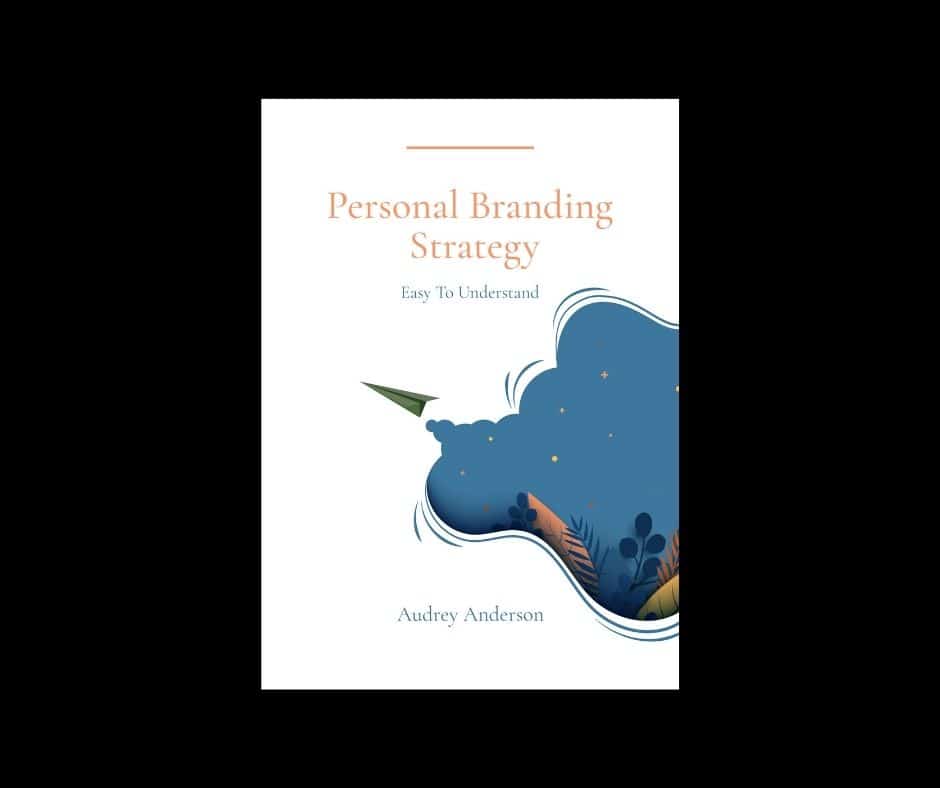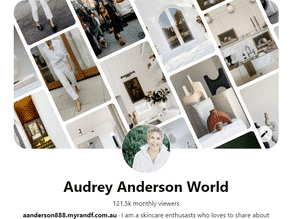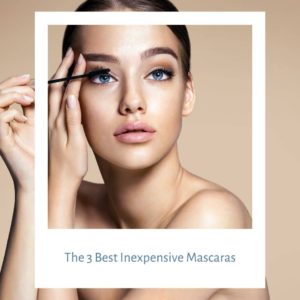Section 3: Choosing Your Social Media Platform And Setting Up
Creating Social Media Profiles for your professional business account
Set up your social media profiles correctly to ensure that your brand is consistent across platforms.
1. Ensure That All Of Your Social Media Accounts Are Up To Date.
Determine which social media account(s) you will concentrate on, and delete any old accounts you no longer use. Ensuring that all your information is accurate and completed for the Social Media platforms, in this instance, it is LinkedIn as you are Job Searching.
This will assist you in increasing traffic to the networks where you want to showcase your work. It can also remove any potentially “questionable” content from years past that does not enhance your professional image.
2. Determine Your Area of Expertise
Everyone is an expert at something. Whether it’s content marketing or knowing everything, there is to know about your favourite TV show. Is it time to branch out a little more? What kind of content have you created that has gotten the most attention from your followers? Is it possible to replicate this with other similar content? The more original and engaging content you create on your chosen topic of expertise, the more your followers will regard you as a thought leader in your field.
3. Use Apps to Make Posting Easier
Forgotten passwords, hectic day jobs, and content creation; maintaining an online presence can be time-consuming; however, numerous social media apps are available to help.
I use Buffer (for Free), but Hootsuite and Sprout also allow you to cross-post and connect to your social media networks and schedule posts across multiple networks. These applications are compatible with most major social media networks, including Twitter, LinkedIn, and Facebook.
4. Distribute Content Regularly.
The more you posted on social media in the early days, the more engagement you could generate. When I started, I was not aware of the resultant effect of posting fatigue and annoyance. I don’t want to be desperate, and I am always improving my communication with my followers.
For individuals using LinkedIn Job Search, my recommendation is to post 3-5 times per week at the most. However, I recommend planning and posting for businesses 7 days a week – you want to always be at the front of your customers’ minds.
A once-weekly Twitter post or a monthly Instagram photo will not accomplish much if anything. So rather than posting sporadically to a half-dozen social networks, start by focusing on two or three social networks and aim to be active on them.”
It is okay not to post every day. All social media platforms will provide you with information associated with your posts. I am always looking for patterns. Having trouble finding content to share. You want to learn my secrets about what I do. I use Google Trends, subscribe to Google Alerts, or trend on Twitter with a hashtag, using news aggregator sites like Flipboard. It is simple to curate the available information specifically for your Industry and Audience.
5. Produce and Curate Interesting Content
Reposting (or curating) other people’s content is always a good idea. You should also share content that you have written yourself to demonstrate your expertise in your industry. This type of content demonstrates that you are up to date on the latest industry trends and how they are changing.
Creating engaging content necessitates a new perspective on the types of updates you share with your network. Don’t be afraid to brag about your own accomplishments or to include interesting stories – this allows you to bring stories on your hobbies, travel, lifestyle into your strategy.
This is why it is called social media, which is about people, first and foremost, building relationships and trust. Sharing some of this information gives your audience a sense of who you are and what you stand for
Most Brands now love for staff to talk about their latest products or innovations on social media. Make sure you read your company’s social media policy first. Many companies encourage their employees to share their content, but others are very strict about employees advocating for their brand. HR in your company should have information readily available for you to use.
6. Upload Your Contacts – Who Knows Who They Know
By importing your email contacts from Gmail or Outlook, as well as phonebook contacts, into your social networks to see how many connections you’re missing. Linkedin, Instagram, Facebook, and Twitter allow you to import a limited number of contacts for free.
Your professional reputation is reflected in your personal brand.
7. Stay Positive In All Interactions
You now understand some of the things you should be doing on social media to create a reputation for yourself. But do you also know what you should dodge when you want to maintain that positive impression? Consider your social media interactions and content creation to be a part of your professional resume and reflect your professional attitude and overall personality. Avoid inflammatory religious or racial remarks, and exercise caution when making political comments that others may find offensive.
You have the option of creating two social media accounts: a private one and a professional one. Keeping your personal Social Media pages for close friends and family to access, and use your professional accounts to make new connections and find new job opportunities.
8. Locate and Join Groups On Social Media
LinkedIn provides thousands of opportunities to join groups centred on your industry. Using the search bar on LinkedIn to find groups related to your specific area of expertise and then share your insights and build authority around your personal brand. Remember that industry groups may be overcrowded with your competitors, so smaller, topic-based groups may be more effective in reaching your target audience.
- You Can Get Help from LinkedIn Specialised Groups:
– Set goals for yourself and motivate yourself.
– Encourage you to achieve your objectives.
– Maintain your accountability
– Gather ideas
– Gather feedback
– Gain self-assurance
– Improve your abilities
– Examine your knowledge
– Improve your leadership abilities
– Assist others
– Make a difference.
– Make new friends
– Look for new opportunities.
Once you’ve joined your prefered social media groups, don’t be afraid to jump into discussions and contribute your unique perspectives. It can be difficult to remember that this is what social media is all about at times. You can be brave online. It is easier to start a conversation that is awkward in real life. Joining a group and not participating won’t allow you to experience any of the benefits mentioned above. Showing that you are responsive, on the other hand, will help you build your personal brand in larger communities outside of your own.
9. Maintain Consistency in Your Brand’s Voice, Image, and Tone
You’ve probably figured out that adhering to your defined persona is critical. For example, if a popular political commentator abruptly and dramatically switched parties, they would undoubtedly lose many fans overnight. Therefore, it would be best to be consistent in your ideas and present them to be memorable and trustworthy.
I personally took some time to find the tone of voice that works best for your brand, but you can use personal branding guides to find the best fit for you. It is not as simple as saying, “I want to be funny,” because you must further develop your ideas to support your approach.
Following your brand guidelines can assist you in controlling people’s perceptions. If one of your profiles appears with content or images that do not match your brand’s voice, you risk tarnishing an otherwise flawless reputation.
10. Investigate Influencers
Connecting with other Industry professionals and collaborating with these influencers is a great way to spread the word about your brand, but it takes time. Invest time in building relationships with influencers within their circles. Over time they will start to regard you as an expert.
LinkedIn job search and several influencer marketing tools are excellent places to find and engage with other experts in your industry. Once you’ve identified the top influencers in your area, examine their networks, posting habits, and content to see where you can improve.











